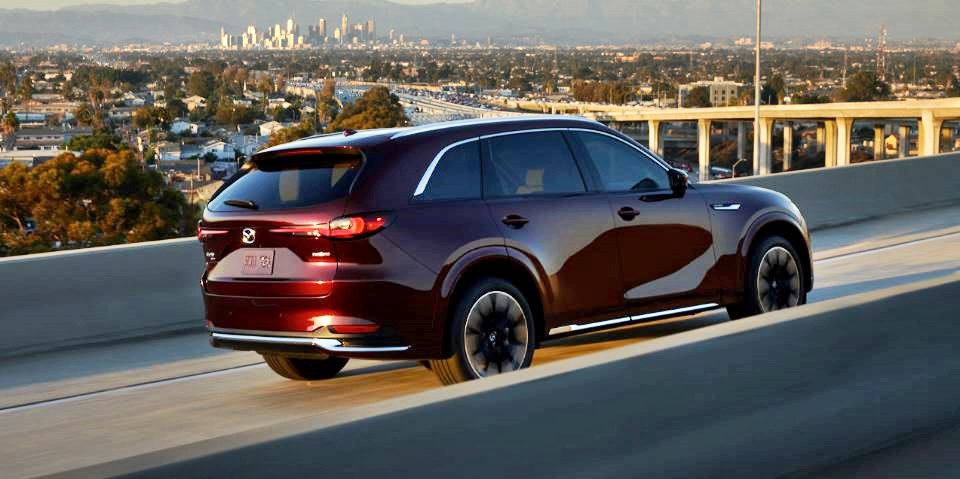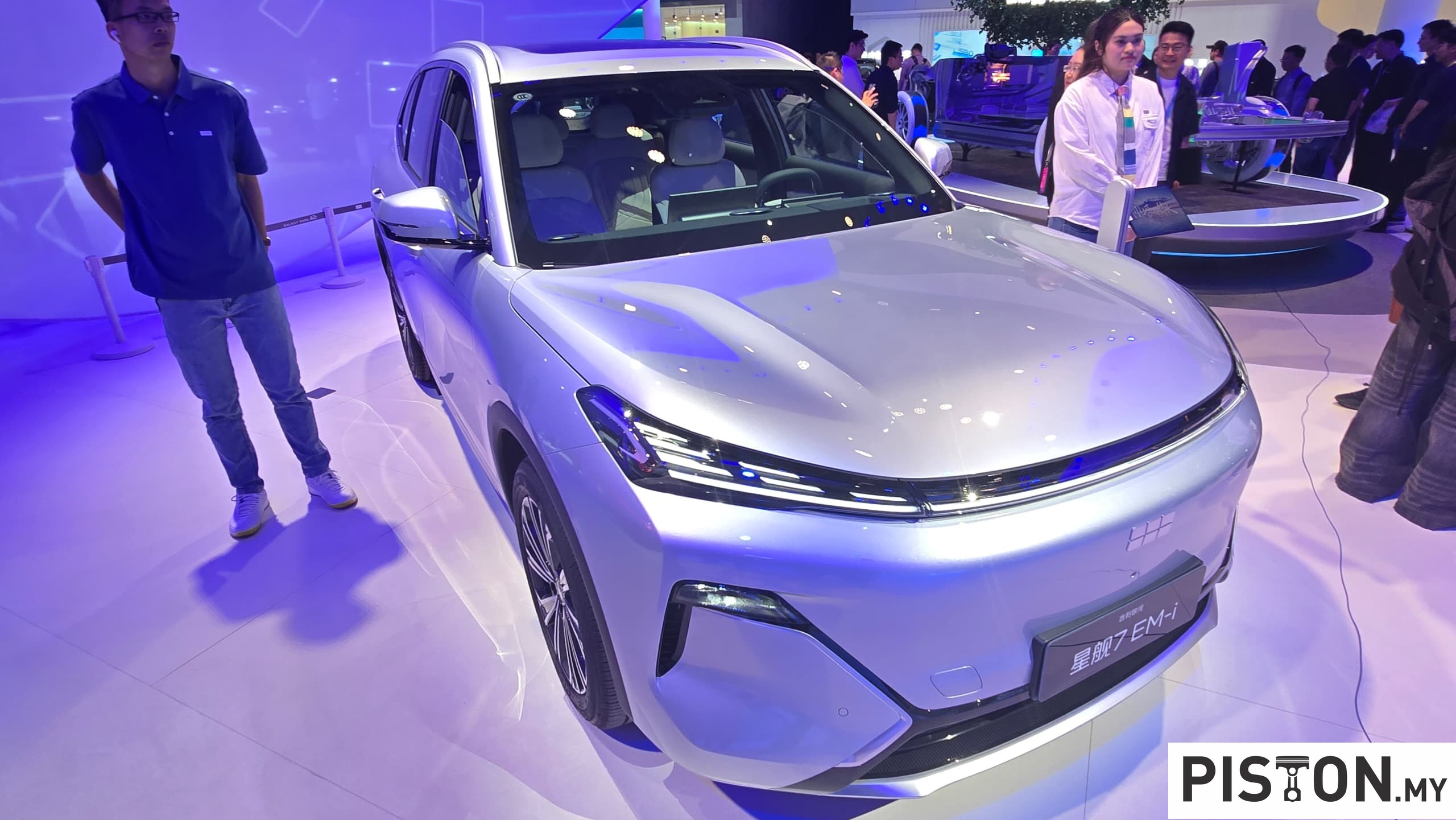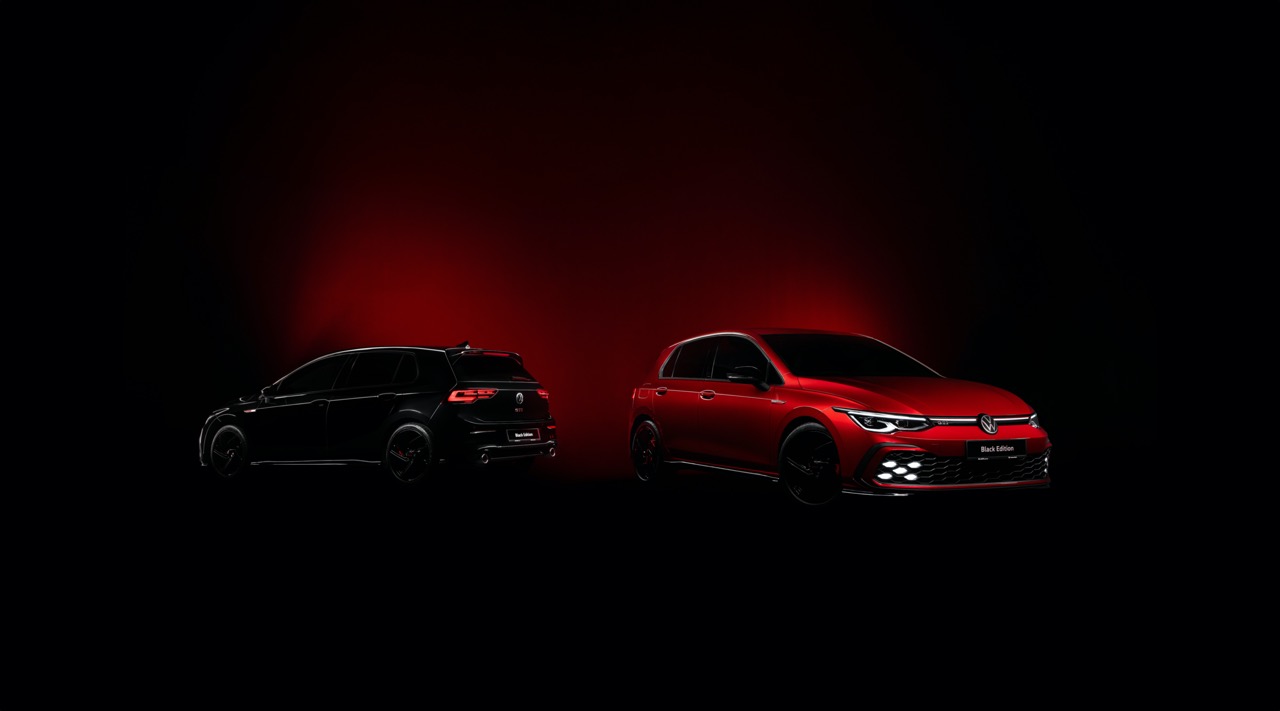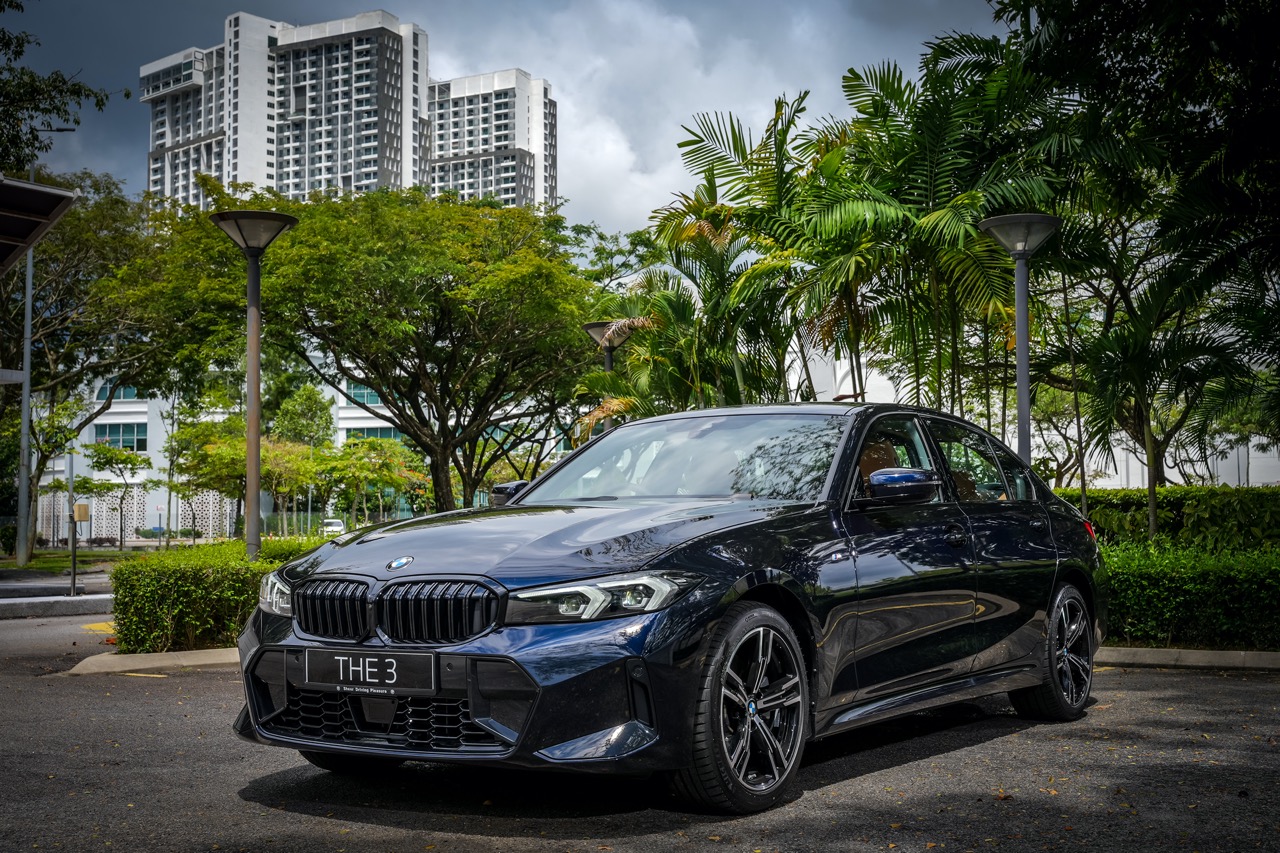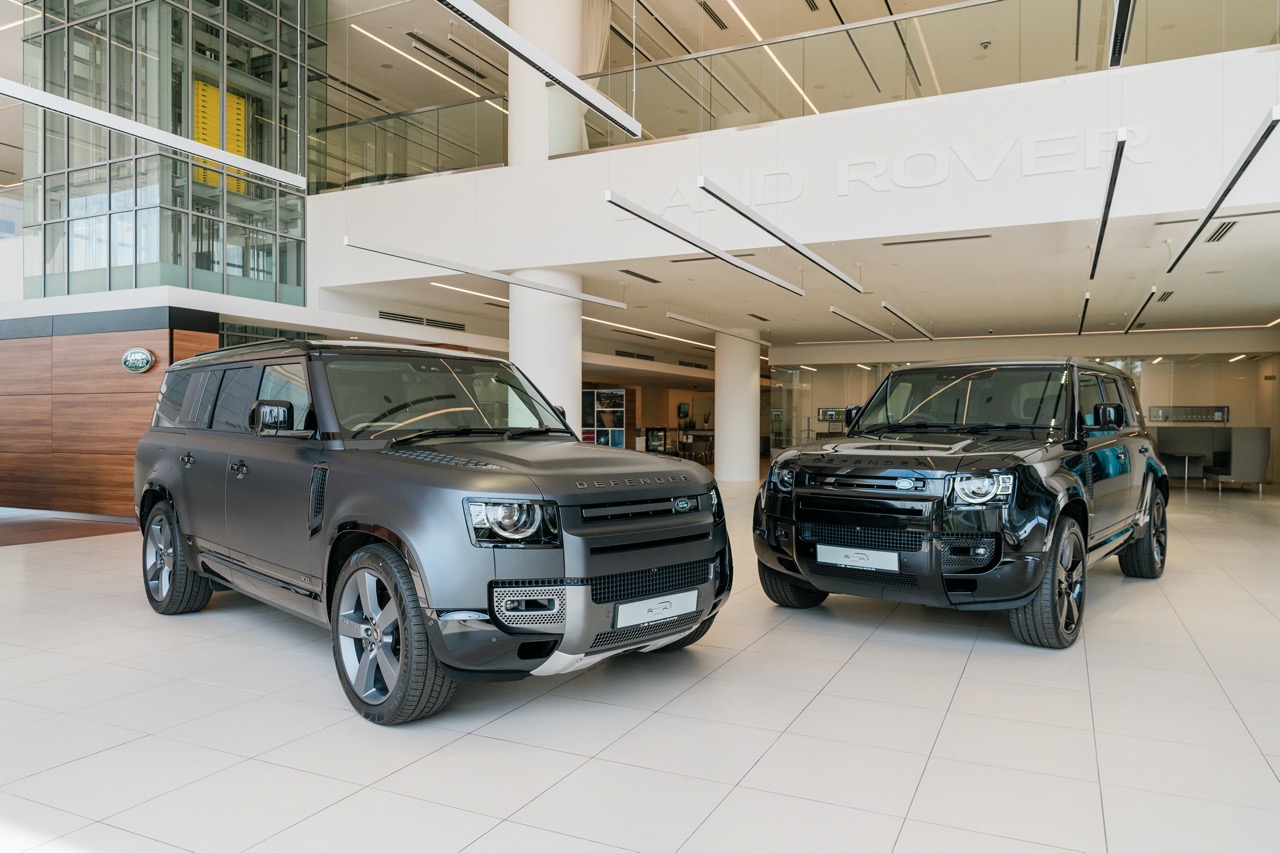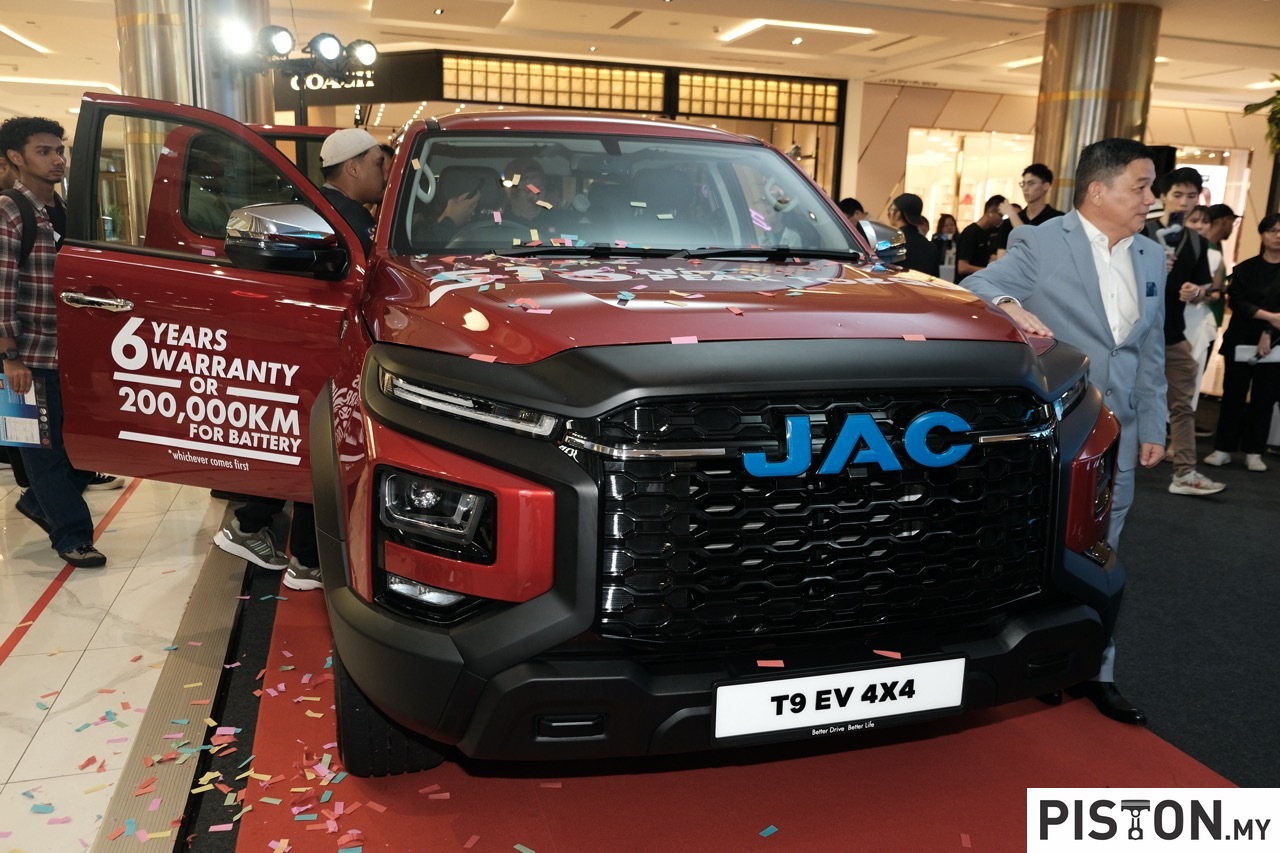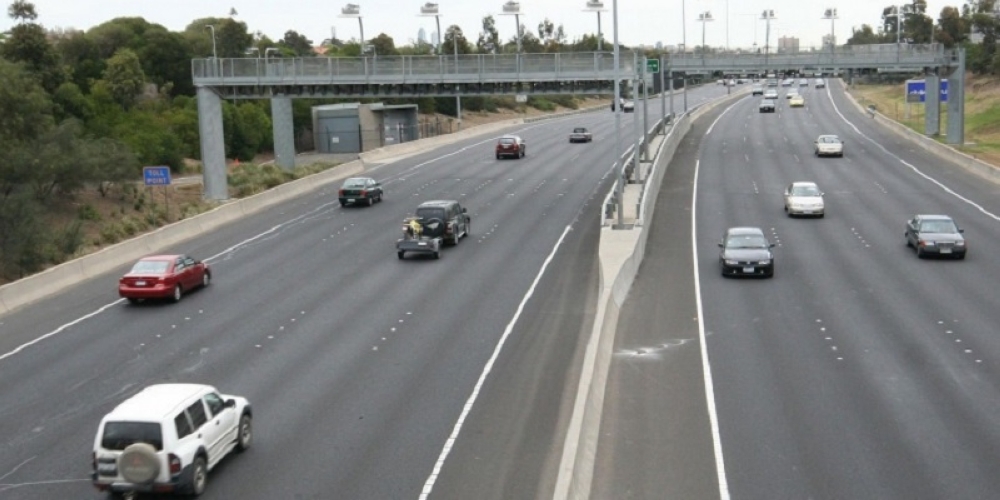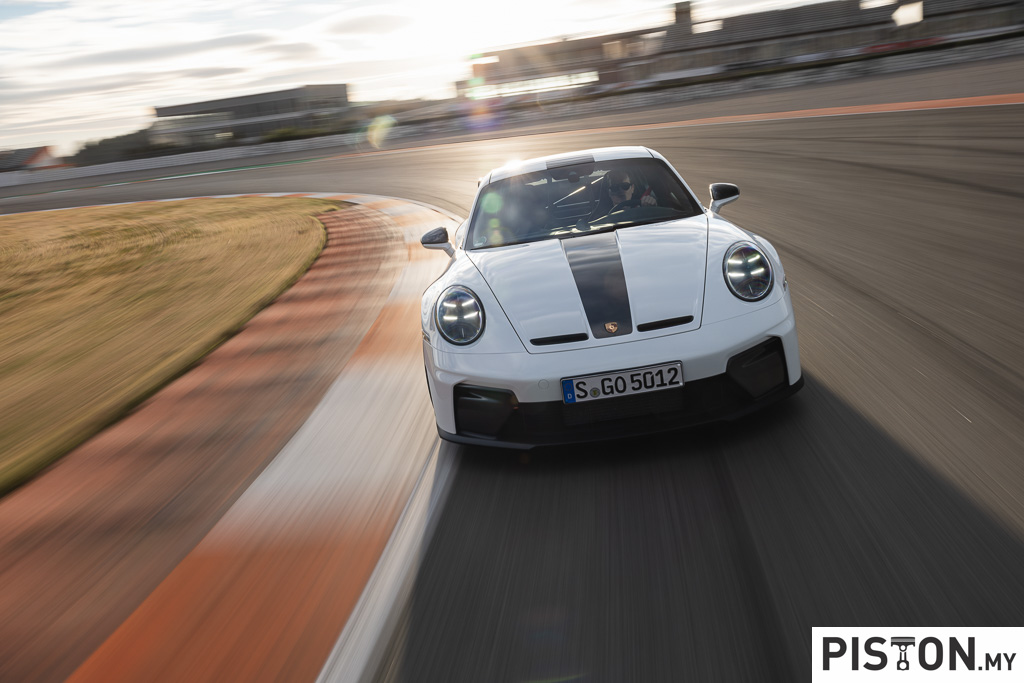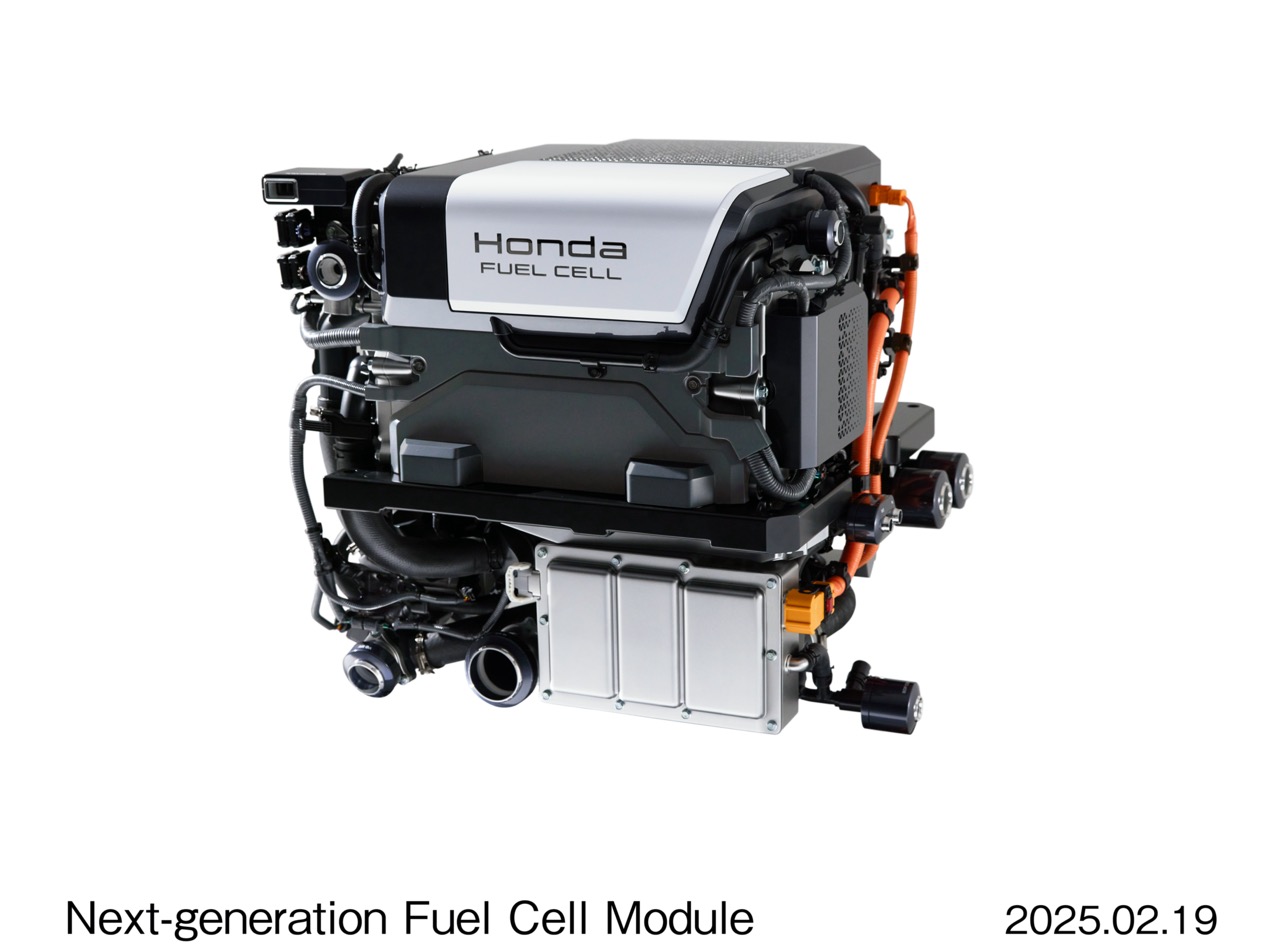Since 2022, Mazda has expanded its line-up of CX crossover SUVs with a greater focus on electrification with a complementary range that has a double-digit designations, with a ‘0’ added. While the popular CX-5 will remain one of the core models globally, alongside with models such as the compact CX-30, the company has additional models in the Large Product Group.
These models are the CX-50, CX-60 and CX-80 – primarily for the European and American markets, together with the wide-bodied CX-70 and CX-90. Most of the models have been launched in the past year or will be launched this year, with the first in 2023 being the CX-90. This new model, largest in the range, will take over from the CX-9 as the flagship of the brand.
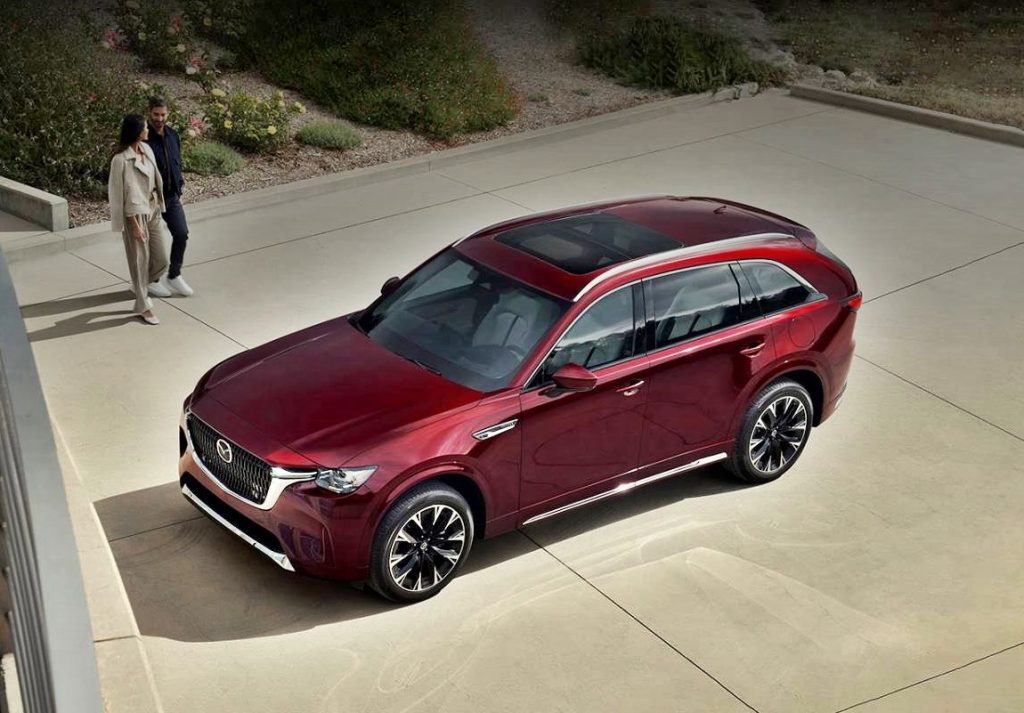
The CX-90 is built on Mazda’s large platform which has been engineered for electrified powertrains and can also still accommodate just ICE (internal combustion engine) alone. The highlight of the new powertrains is the all-new e-SKYACTIV G 3.3-litre turbocharged in-line 6-cylinder petrol engine. With an output of 348 bhp/500 Nm, this engine has the highest horsepower and torque from a mass production petrol engine developed by Mazda.
The engine, mounted longitudinally, is equipped with M-Hybrid Boost (a 48V mild-hybrid system) to provide efficiency without sacrificing performance. The electric motor is placed between the engine and transmission, allowing the motor to directly power the vehicle at low speeds.
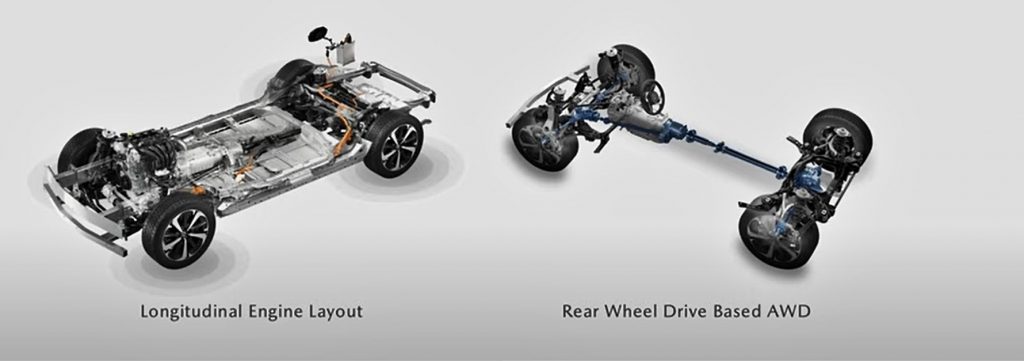
A second powertrain choice is the new e-SKYACTIV PHEV(plug-in hybrid electric vehicle) powertrain, the first time Mazda is offering a PHEV in North America. The PHEV powertrain made its debut in the CX-60 launched in Europe last year as Mazda’s first PHEV. It used a SKYACTIV 2.5-litre petrol engine and a 100 kW electric motor powered by a 17.8 kWh high-capacity battery pack. Total system output is up to 327 ps, with peak torque matching that of the 3.3-litre six.

All CX-90 powertrains are paired with an all-new 8-speed automatic transmission, specifically designed for the electrified longitudinal powertrains and large platform vehicles. The multi-speed automatic transmission does not use a torque converter, providing smooth and direct acceleration while improving drivetrain efficiency.
All-wheel drive is standard for all versions, but Mazda also emphasises that the power delivery is ‘rear-biased’ layout to give rear-wheel drive characteristics. This biased power delivery is an advancement in the i-ACTIV AWD system which was introduced with the CX-60. Up to 90% of the engine’s torque flows to the back axle in normal driving conditions, a major change from other CX models with AWD which have sent torque to the rear wheels only when required.
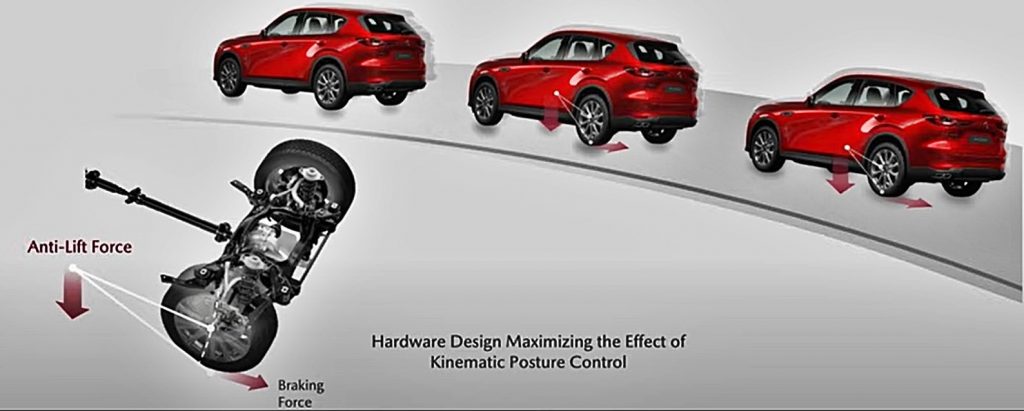
Besides the rear-wheel bias, driving dynamics are also enhanced with Kinematic Posture Control, which first debuted on the MX-5 Miata. This is a software feature that suppresses body lift on tight corners to enhance the grip and allows all occupants to maintain a natural posture. It’s another way of achieving ‘jinba-ittai’ – the type of unity between rider and horse which Mazda also gives driver and machine.
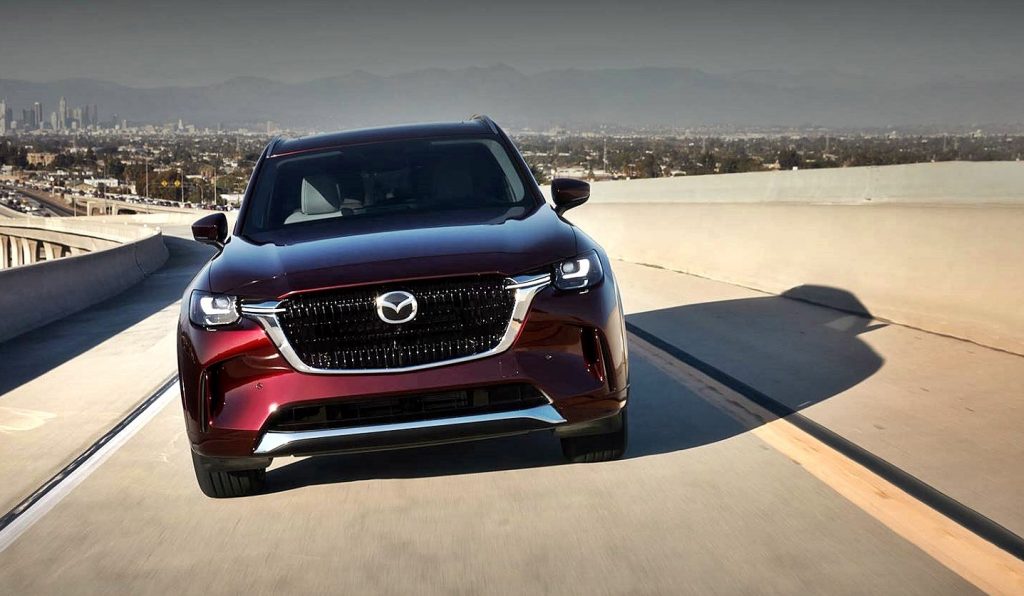
The large platform allows for a wide body with a long wheelbase. The bodywork has a fresh interpretation of the KODO design language with sleek, crafted curves. As with other models, Mazda’s designers use the reflections of lights and shadows over the bodywork to give a sense of motion even when the vehicle is standing still.
With this new SUV, Mazda introduces Artisan Red, a premium paint option developed specifically to suit the CX-90. It has a sophisticated, deeply saturated colour to emphasise refinement and performance.
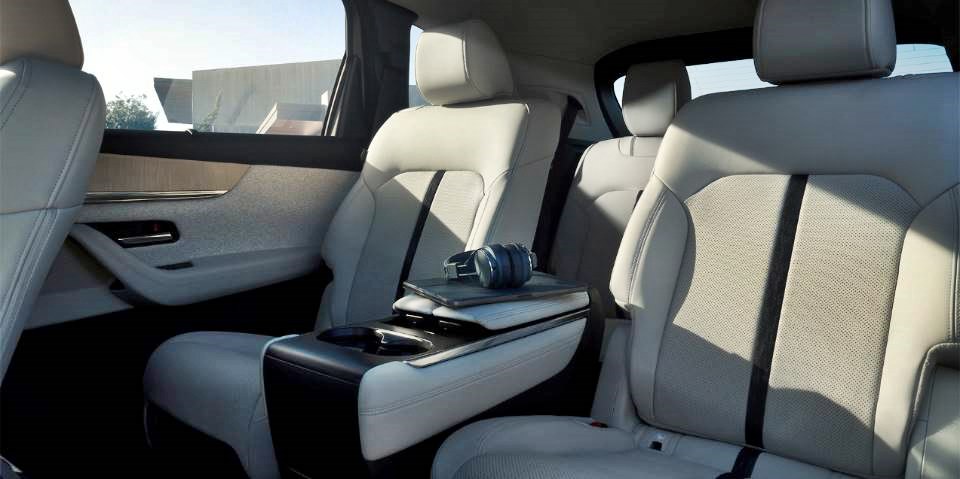
Given its size, the CX-90 can accommodate three rows of seats easily. The expansive cabin ambience adopts of a modern, linear appearance with the positioning of the vents and chrome trim extending to the doors. Inspired by traditional Japanese aesthetics, multiple materials are used, such as Nappa leather, wood, and tone-on-tone fabrics.
One example is the distinctive fabric on the dash connected using hanging stitches, which is specifically inspired by hand-bookbinding and an intricate Japanese weaving technique known as Kumihimo. This method deliberately uses negative space to create a unique design that echoes to the Japanese lineage of the CX-90.
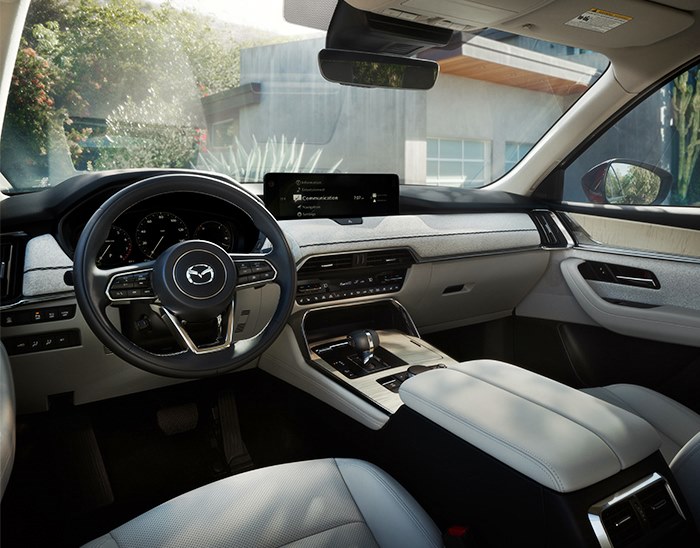
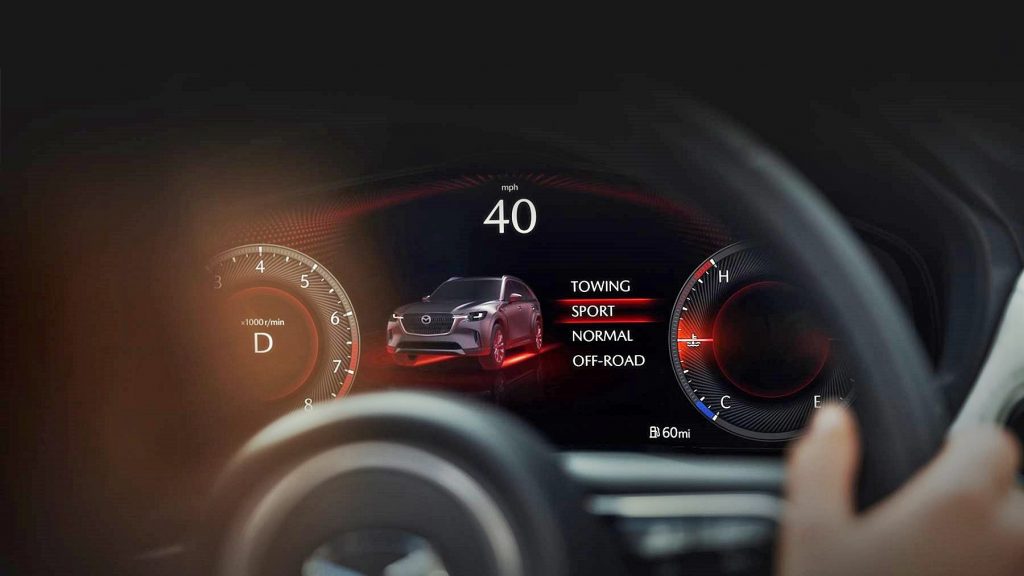
The interior designers also made full use of the larger interior space to provide larger displays, accompanied by physical buttons rather than joining the trend towards excessive touchscreen operation. New Mazda technologies include a See-Through View monitor on the 12.3-inch centre display which makes parking easier.
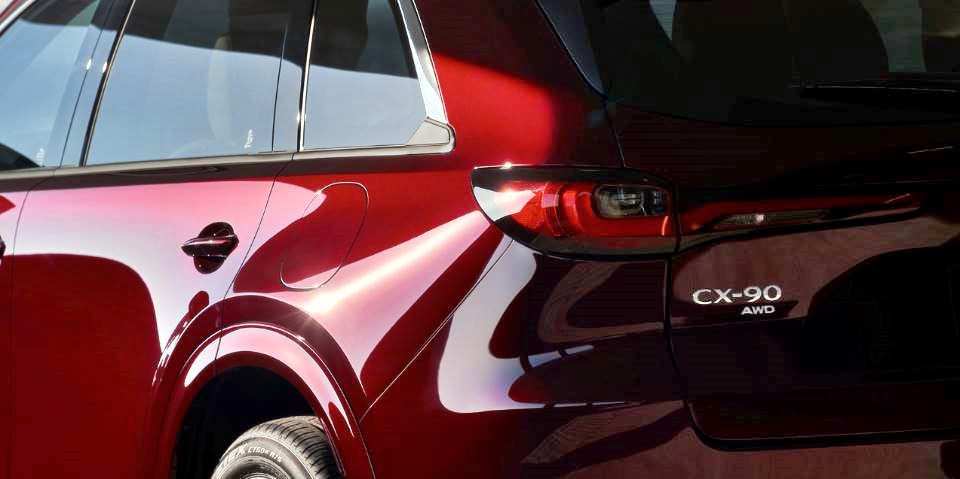
As the flagship model, the CX-90 gets the complete package of i-ACTIVSENSE safety features as standard. Camera and radar sensors around the vehicle constantly provide data on the environment to identify potential dangers and respond to them. For example, Smart Brake Support can brake the vehicle automatically in an emergency when a collision could occur, while Mazda Radar Cruise Control intelligently maintains a safe gap at all times.




